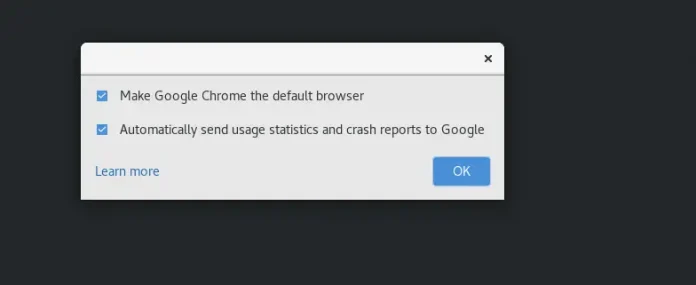Why do we need to train a sentence tokenizer?
In NLTK, default sentence tokenizer works for the general purpose and it works very well. But there are chances that it won’t work best for some kind of text as that text may use nonstandard punctuation or maybe it is having a unique format. So, to handle such cases, training sentence tokenizer can result in much more accurate sentence tokenization.
Let us consider the following text for the understanding of the concept. This kind of text is very common in case of any web text corpus.
Example of TEXT: A guy: So, what are your plans for the party? B girl: well! I am not going! A guy: Oh, but u should enjoy.
To download text file, click here.
Code #1 : Training Tokenizer
# Loading Libraries from nltk.tokenize import PunktSentenceTokenizer from nltk.corpus import webtext text = webtext.raw('C:\\GeeksforLazyroar\\data_for_training_tokenizer.txt') sent_tokenizer = PunktSentenceTokenizer(text) sents_1 = sent_tokenizer.tokenize(text) print(sents_1[0]) print("\n"sents_1[678]) |
Output:
'White guy: So, do you have any plans for this evening?' 'Hobo: Got any spare change?'
Code #2: Default Sentence Tokenizer
from nltk.tokenize import sent_tokenize sents_2 = sent_tokenize(text) print(sents_2[0]) print("\n"sents_2[678]) |
Output:
'White guy: So, do you have any plans for this evening?' 'Girl: But you already have a Big Mac...\r\nHobo: Oh, this is all theatrical.'
This difference in the second output is a good demonstration of why it can be useful to train your own sentence tokenizer, especially when your text isn’t in the typical paragraph-sentence structure.
How training works ?
The PunktSentenceTokenizer class follows an unsupervised learning algorithm to learn what constitutes a sentence break. It is unsupervised because so one need not give any labelled training data, just raw text.
Filtering stopwords in a tokenized sentence
Stopwords are common words that are present in the text but generally do not contribute to the meaning of a sentence. They hold almost no importance for the purposes of information retrieval and natural language processing. For example – ‘the’ and ‘a’. Most search engines will filter out stop words from search queries and documents.
NLTK library comes with a stopwords corpus – nltk_data/corpora/stopwords/ that contains word lists for many languages.
Code #3 : Stopwords with Python
# Loading Library from nltk.corpus import stopwords # Using stopwords from English Languages english_stops = set(stopwords.words('english')) # Printing stopword list present in English words = ["Let's", 'see', 'how', "it's", 'working'] print ("Before stopwords removal: ", words) print ("\nAfter stopwords removal : ", [word for word in words if word not in english_stops]) |
Output:
Before stopwords removal: ["Let's", 'see', 'how', "it's", 'working'] After stopwords removal : ["Let's", 'see', 'working'] ?
Code #4 : Complete list of languages used in NLTK stopwords.
stopwords.fileids() |
Output:
['danish', 'dutch', 'english', 'finnish', 'french', 'german', 'hungarian', 'italian', 'norwegian', 'portuguese', 'russian', 'spanish', 'swedish', 'turkish']




